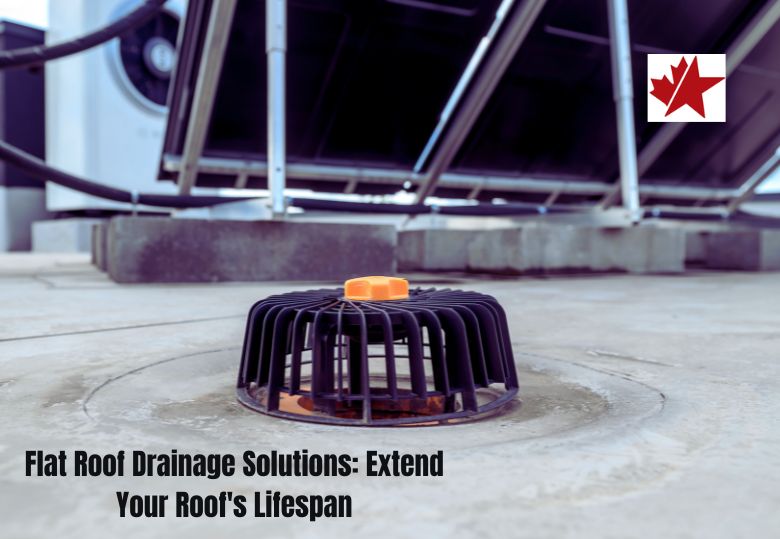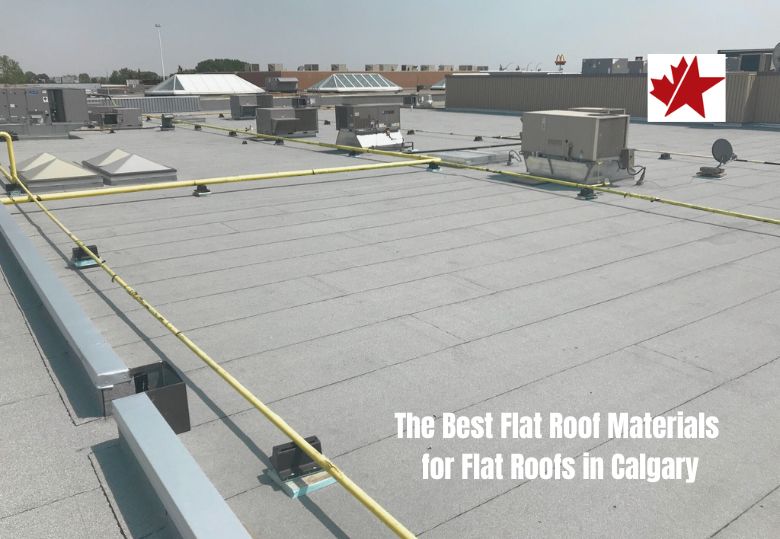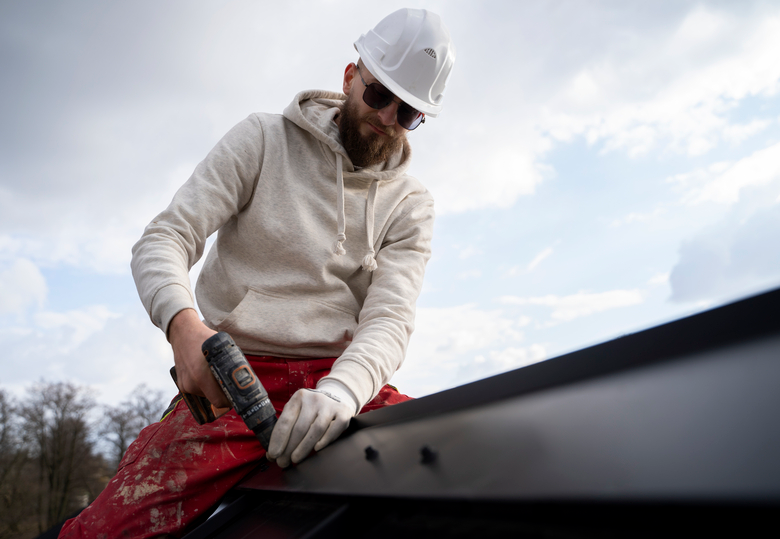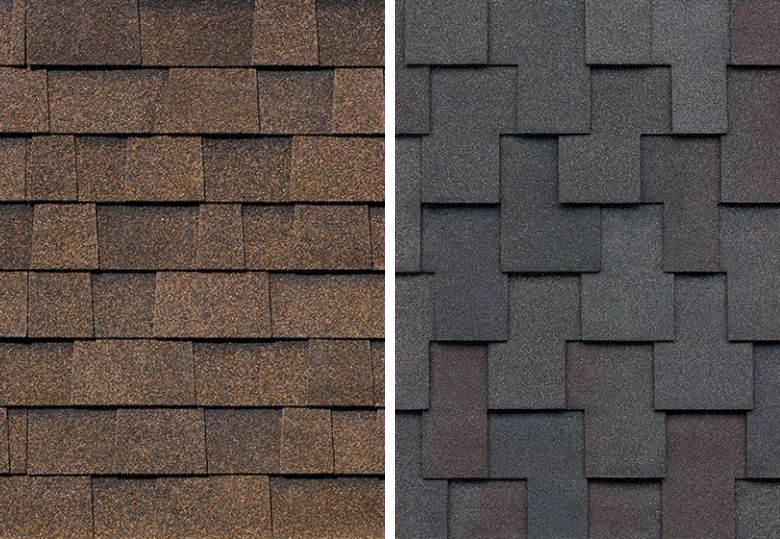Editorial by Mike Holmes.
As soon as Halloween’s over, and the decorations and costumes are packed away, I start thinking winter. I assess what needs to be done to maintain and protect my house before the first snowflakes hit the ground.
No. 1, I’m thinking about my roof. Does it need to be reinforced? Does it need re-shingling? Does the flashing need to be looked at to prevent leaks? The time we put into strengthening our roofs now will pay off in the future, especially when the snow starts melting and the first signs of leaking are exposed.
If you’re thinking that maybe your roof may need re-shingling, but you are putting it off until spring, my advice is to get the work done now, before the very cold weather sets in. Although you can physically do the job over the winter months, I wouldn’t recommend it. And there are a couple of reasons why.
First, it’s cold outside, and anyone who has worked in the cold knows you don’t want to be out there for too long. Roofers aren’t any different. They’re tough, but even they can get frostbite. When the temperatures drop and the wind chill is getting the best of you, the last place you want to be is on top of a roof. You don’t want roofers to be rushing through the work, just to stop their fingers from freezing. Rushed jobs aren’t usually the best. Get them up there before the temperature drops below freezing.
Second, the most common type of roofing is still asphalt shingles. It’s not my personal favourite. Asphalt shingles are oil-based and also off-gas, which means they release harmful chemicals into the atmosphere that contribute to global warming. But asphalt shingles are still primarily used on most residential roofs because they cost less.
The Issue With Asphalt Shingles Installation in Winter
The problem with installing asphalt shingles in the winter is that they get brittle. Installing brittle shingles makes them more susceptible to breaking or cracking during the installation process. When water gets into these cracks and freezes, the water expands and the cracks and splits become larger. A cracked shingle allows for water to penetrate beneath it and get to the floor deck, which will spell trouble in the future.
How do you know if your roof needs re-shingling? There are some clear signs you should be looking out for. For example, check your eavestroughs for large accumulations of asphalt granules and for bare spots on shingles where granules have fallen off and the shingle is left exposed. Inspect the roof for torn or missing shingles and check to see if there is any buckling in the middle of the shingle or curling along its edges. These are all telltale signs that there isn’t much life left in your shingles and you should be seriously considering calling in the pros.
When you decide to re-shingle(re-shingle is basically roof replacement), make sure the roofers remove the first layer of shingles. Minimum code allows for two layers of shingles, but why keep an old layer? Two layers of shingles is a huge load for the roof. Add snow on top of that, and you’ve got the potential for a roof to collapse. Also, if the first layer of shingles isn’t removed, there is no way for the roofers to make sure the roof deck is still in good working condition, and the guarantee on the new shingles will most likely be invalid. How can you make sure the new shingles are watertight if there is another layer of shingles beneath them? And remember, keep the bag the shingles come in, because that’s your warranty for the manufacturer in case the new shingles fail.
Another area where people choose to save money on is in the roof’s underlayment. Do yourself a favour and spend the extra cash on a good self-adhering ice and water shield rather than using asphalt paper. This will protect your roof from ice dams that can build up along your roof’s edge, and it also acts as a barrier against water that may penetrate the shingles. Believe me, it will save you money in the future.
Why Go With a Metal Roof?
But if you want to get a roof that will really last, I recommend a metal roof. Metal roofs make sense because they last about 50 years, are environmentally friendly and fire-resistant. I was in London recently and they use slate and metal roofs on most of their buildings. There are a lot of people who say they can’t afford a metal roof. But if you think about it, one metal roof will save you from replacing an asphalt roof three times. That’s saving you money.





